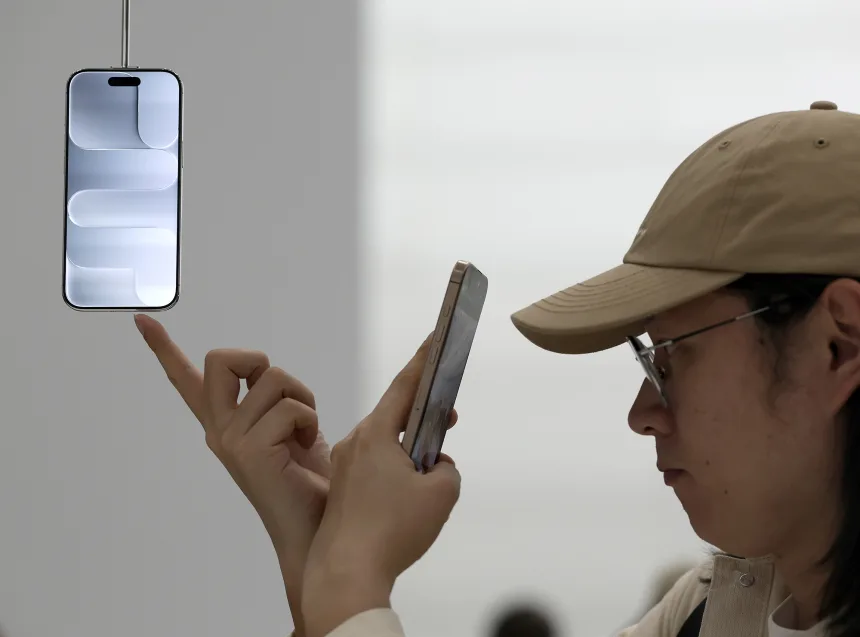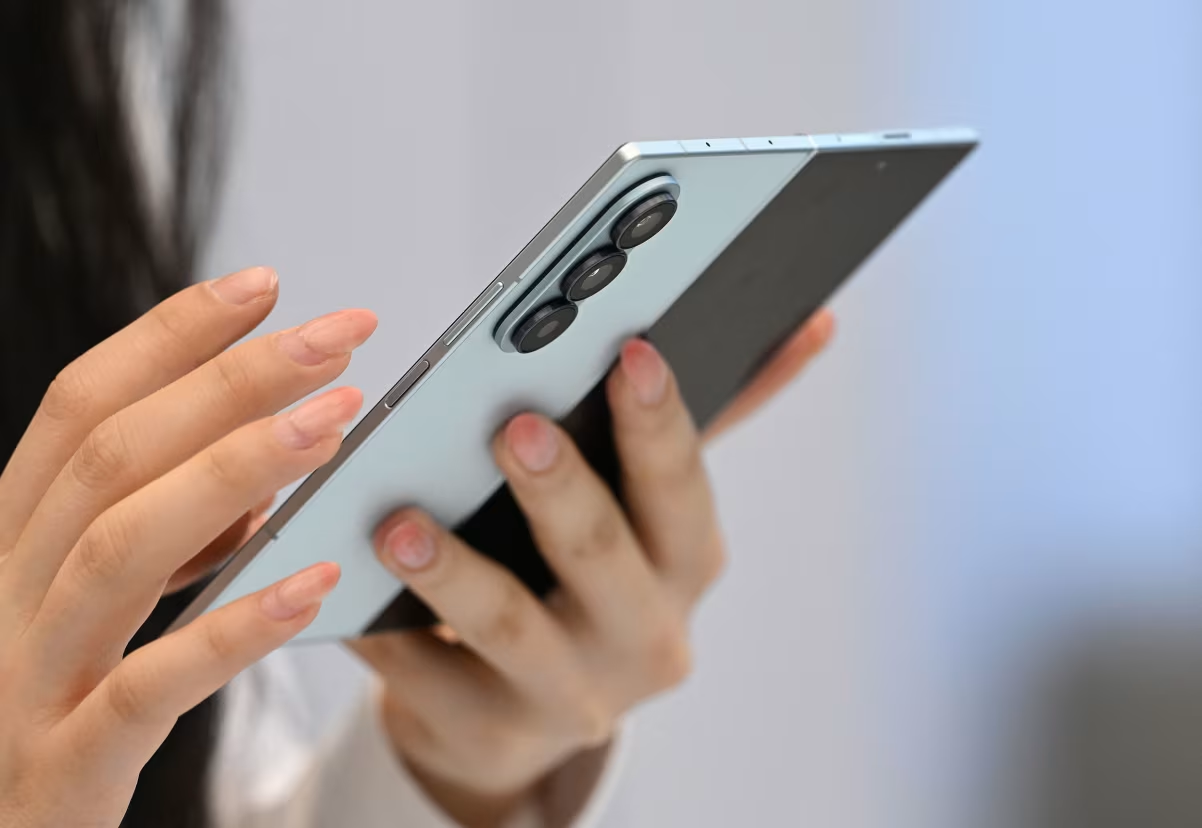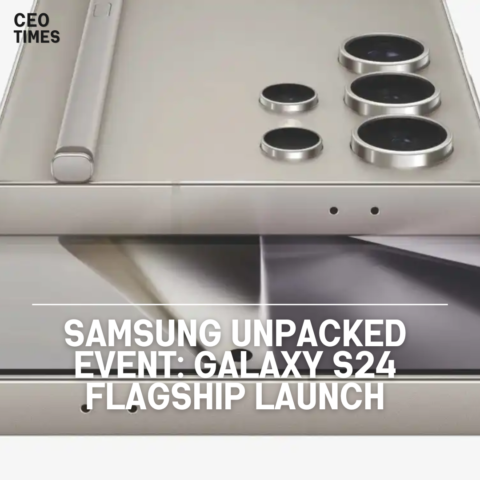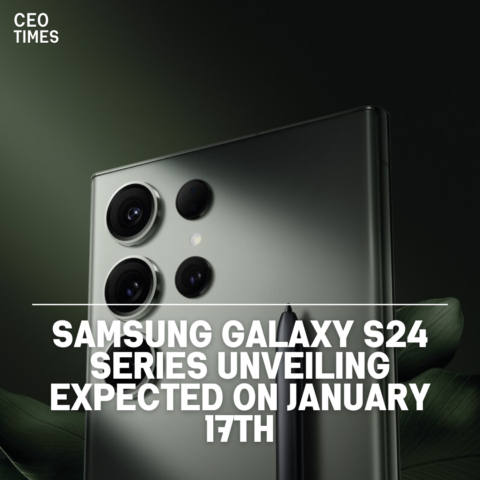Radical new design marks the biggest change since 2019 foldables as Samsung bets on larger screens, slimmer devices, and a revival of smartphone excitement
Samsung is preparing to unveil its long-awaited tri-fold smartphone, a device that folds in two places to create a screen larger than its current foldable lineup. According to company executives, the phone is slated for release later this year, with the United States under serious consideration as a launch market—a first for this category of devices.
If launched, it would mark Samsung’s boldest smartphone innovation since 2019, when it introduced its first foldable device. While details on screen size and specifications remain under wraps, Samsung has showcased tri-fold concepts such as the Flex G and Flex S at trade shows, designs that fold into three panels for versatile use.
Competing in a Crowded Market
The launch comes at a pivotal moment for the smartphone industry. Once cutting-edge, smartphones have become everyday staples, with consumers holding onto devices longer and analysts questioning whether AI-first devices could eventually replace them.

Apple is also pushing design innovation, unveiling the iPhone Air—its first major redesign in nearly a decade—this Friday, and reportedly working on a foldable iPhone expected as early as 2026. Together, Apple and Samsung control roughly 35% of global phone shipments, making their innovations crucial indicators for the industry’s future.
Driving Foldable Momentum
Samsung’s foldables are gaining traction, with Galaxy Z Flip and Z Fold preorders rising 25% year-over-year. Its Galaxy Z Fold 7 already unfolds to eight inches, comparable to a small tablet. The tri-fold aims to go even further by delivering a “much larger screen than before”, according to Minseok Kang, Samsung’s global head of smartphone product planning.
The tri-fold may also serve as a differentiator: Samsung says its foldables attract twice as many non-Samsung users compared to its traditional flagships. While pricing is expected to be premium, the company believes early adopters will be drawn to its radical design.
Looking Ahead: Slimmer, Smarter Devices
Beyond the tri-fold, Samsung is preparing new designs across its portfolio. A sequel to the Galaxy S25 Edge is expected in the first quarter of 2026, alongside the Galaxy S26 series. The company is pursuing slimmer devices as a guiding design principle, though analysts question whether thinness alone can revive slowing sales.
Some experimental concepts—like port-free phones and even transparent displays—have been explored internally but remain impractical for now. As Drew Blackard, SVP of mobile product management for Samsung Electronics America, explained: “When we consider new devices, the first topic… is what kind of benefit we can deliver.”

A Bet on the Future of Smartphones
While foldables still account for only a small fraction of the global smartphone market—45.7 million units expected by 2028 compared to 1.2 billion smartphones shipped in 2024—Samsung sees them as the path forward.
“For a decade, we’ve been looking at phones that looked somewhat like this bar-type smartphone,” Blackard said. “And I think for the first time, you’re seeing innovation come to the market that is making consumers think differently about what their traditional needs are from a mobile device.”
With its tri-fold, Samsung hopes to reignite consumer excitement, reshape the smartphone experience, and strengthen its edge in an industry searching for its next big leap.




















